John Philip Sousa's
THE HARMONICA WIZARD MARCH
scroll down for Albert N. Hoxie's
Philadelphia Harmonica Band
scroll down for The Rise and Fall of Harmonica Ensembles in America
GEORGE MIKLAS
Harmonica Soloist
with the
Mercer Community Band
Directed by Hendley D. Hoge
July 6,
2012
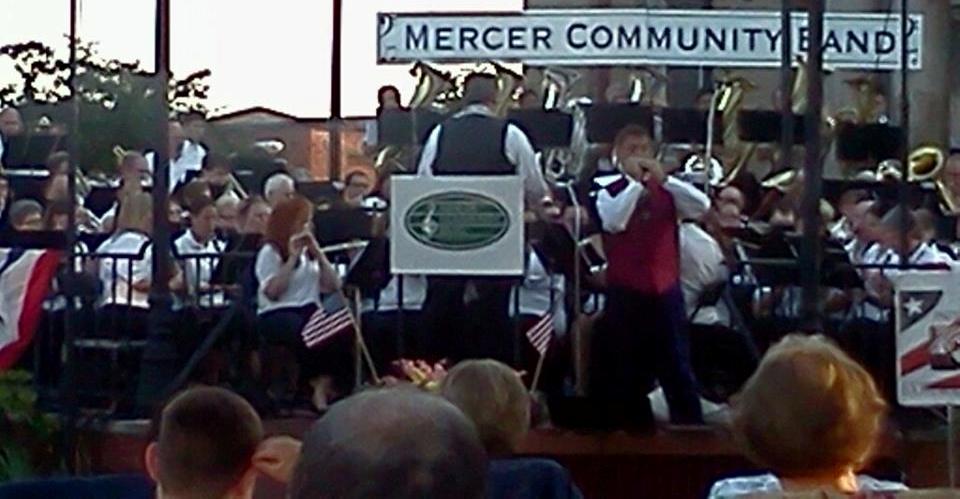
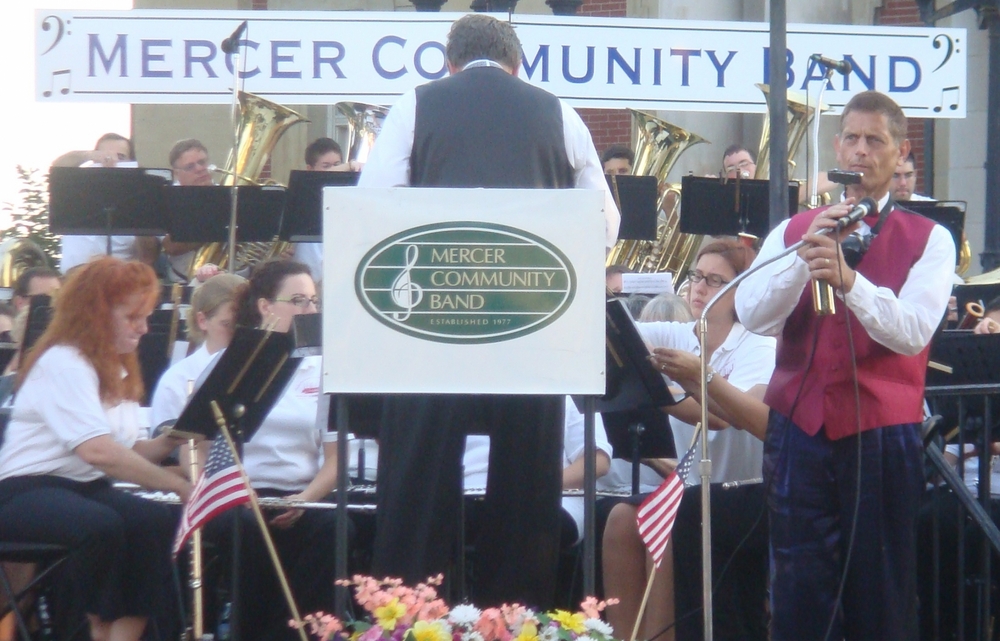
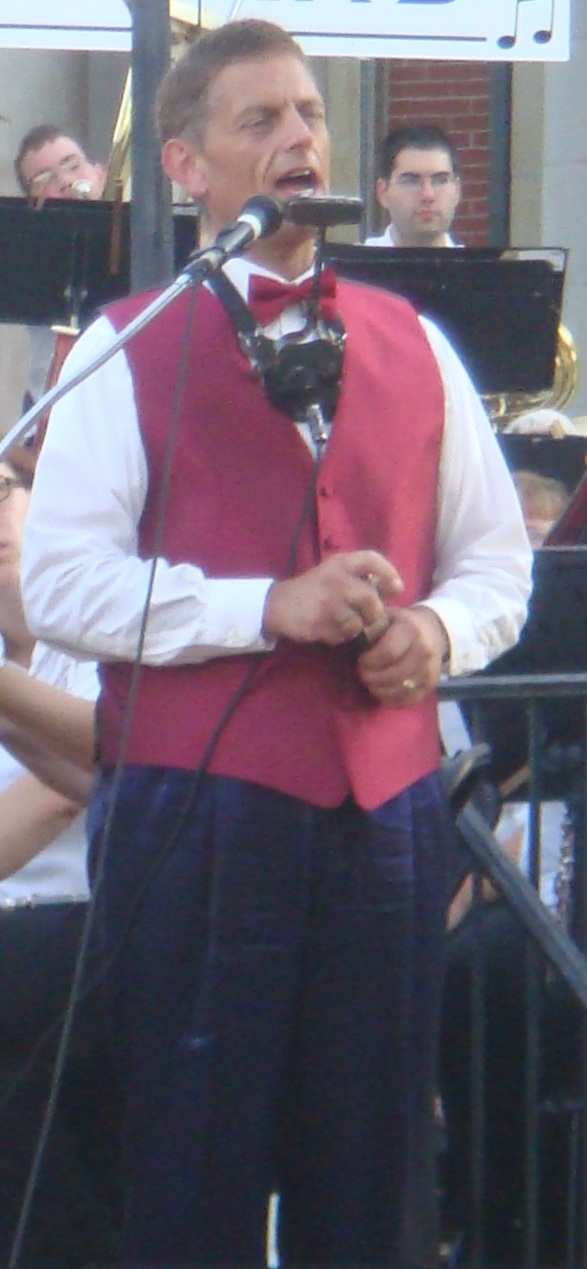
GEORGE MIKLAS
Harmonica Soloist
with
the
Mercer Community Band
Directed by Hendley D.
Hoge
June 28,
2002
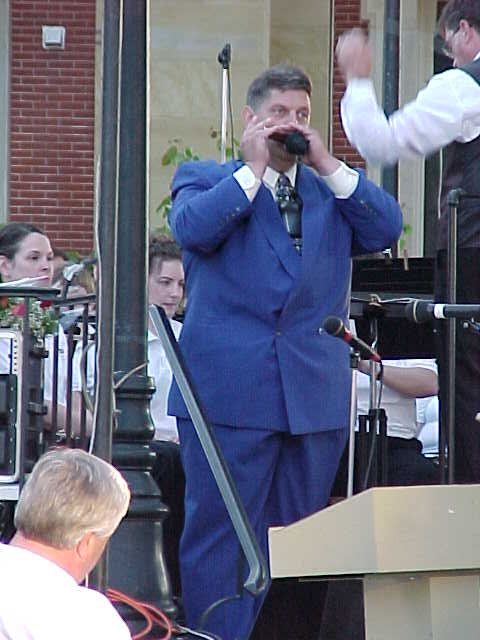
Above:
Valsentino performed on the 4-octave chromatic
harmonica.
Below: Peg O
My Heart performed on the world's largest production
harmonica, 2 feet long.
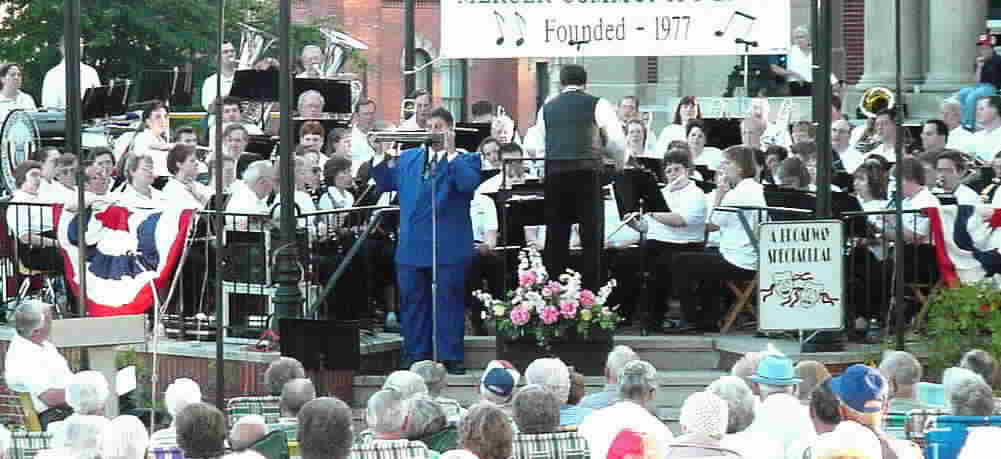
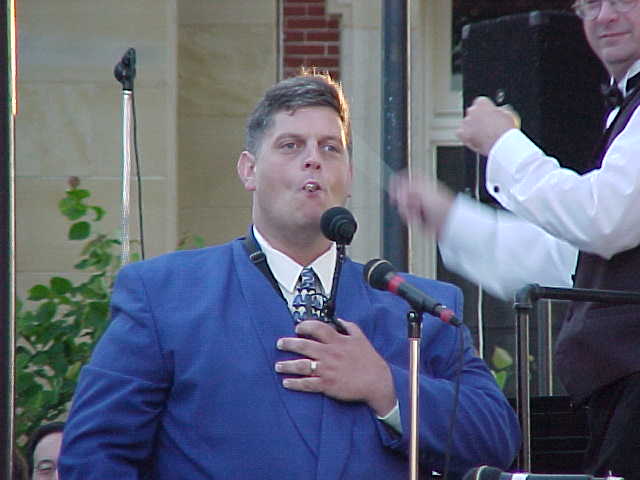
Above: My
Blue Heaven performed on the world's smallest mini harmonica
-
only 1" long, and played without hands!
Below: The
Orange Blossom Special performed on the standard, 10-hole
diatonic harmonica
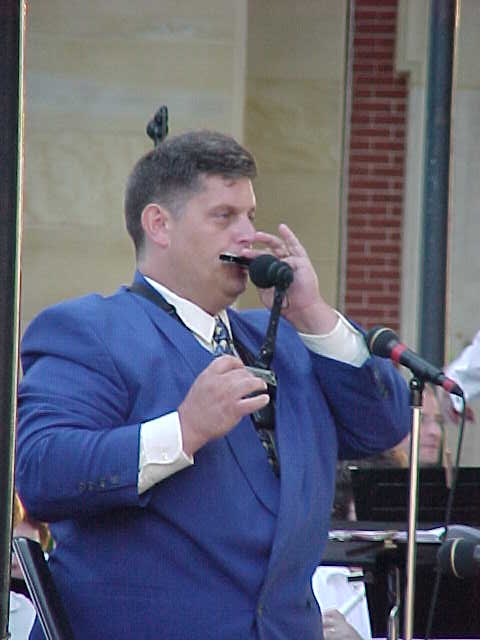
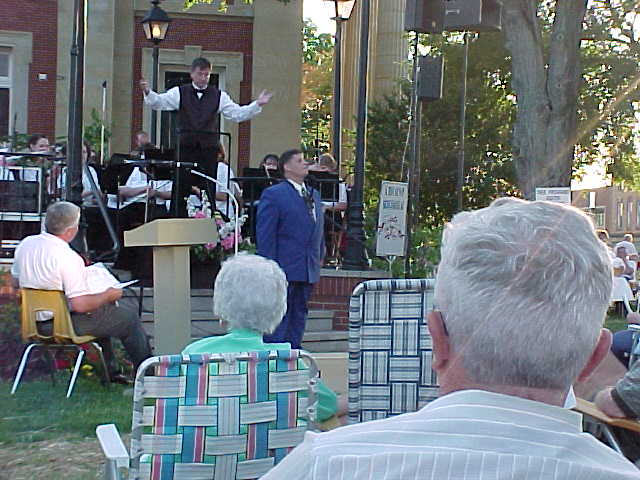
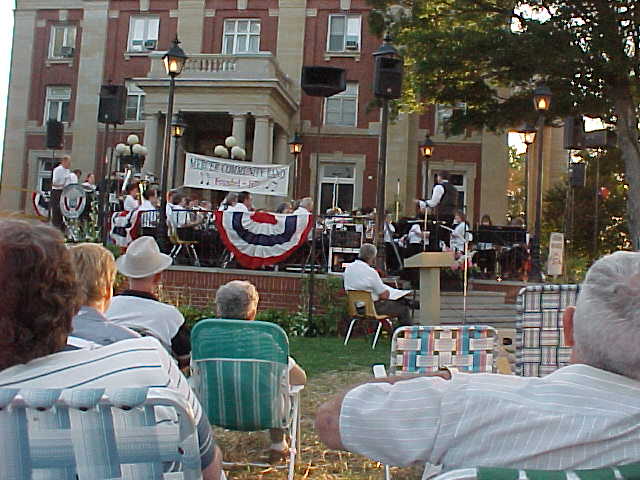
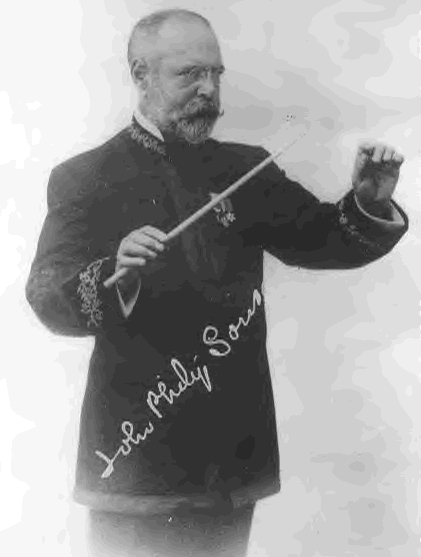
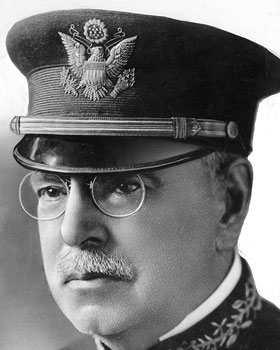
1925:
JOHN PHILIP SOUSA directed THE PHILADELPHIA HARMONICA
BAND
"Leading a harmonica
band was a novel experience for Sousa when he was invited to
conduct Albert N. Hoxie's fifty-two member Philadelphia harmonica
band in September 1925."
Paul E. Bierly, author of The Works of John
Philip Sousa. internet source:
http://free-reed.net/history/harmonica.html retrieved
7/23/2010
1928: JOHN PHILIP SOUSA endorses HOHNER HARMONICAS and writes THE HARMONICA WIZARD MARCH
"He was
so impressed with their playing and the possibilities of the
harmonica that he carried an endorsement for Hohner harmonicas in
his 1928 programs and subsequently wrote this march for Hoxie's
boys: The Harmonica Wizard."
internet source:
http://free-reed.net/history/harmonica.html retrieved
7/23/2010
Sousa
was quoted on the insides of harmonica instrument boxes and
advertisements across the country stating, "This instrument is the
foundation for a musical career...and many boys and girls who are
now learning music on the harmonica will step into the great
symphony orchestras and bands of our country some
day."
internet
source: http://www.euxton.com/harmonica/history2.htm retrieved
7/23/2010
1930: JOHN PHILIP
SOUSA directs the debut performance of
THE HARMONICA WIZARD MARCH played by THE PHILADELPHIA HARMONICA BAND with the SOUSA BAND.
When
the Sousa Band came to Philadelphia on November 21, 1930 the mayor
proclaimed the day: Sousa Day...the climax of the day
was when Hoxie's boys came to the stage during the Sousa Band
concert and performed the new march Sousa had written for them. A
special commemorative medal with the emblem of the Philadelphia
Harmonica Band on one side and a tribute to Sousa on the other was
presented to the march king at the close of the
concert."
internet
source: http://free-reed.net/history/harmonica.html retrieved
7/23/2010
ATTENTION BAND DIRECTORS, ORCHESTRA CONDUCTORS, AND TALENT BUYERS!
DO YOU WANT TO PERFORM SOUSA'S HARMONICA WIZARD MARCH WITH YOUR CONCERT BAND OR ORCHESTRA?
George Miklas has
purchased the complete band set to Sousa's The Harmonica Wizard
March. The piece can be programmed with solo chromatic harmonica
(4-octave, fully chromatic), or harmonica duo with solo
chromatic harmonica and the orchestral chord harmonica (world's
largest manufactured harmonica). The arrangement can be
adapted to any instrumentation.
Contact George Miklas for availability, scheduling and more information. George has other band/orchestra scores available to feature the solo harmonica with your band or orchestra. George Miklas is a former member of Jerry Murad's world famous HARMONICATS.
~Have harmonica, will travel worldwide~
Please use the CONTACT link/button.
Albert N. Hoxie's Philadelphia Harmonica Band
internet resource http://www.youtube.com/watch?v=UFx1Mh0sv4Q retrieved 4/3/2012
The Rise and Fall of
Harmonica Bands in America
internet source http://www.bookrags.com/research/harmonica-bands-sjpc-02/ retrieved 4/3/2012
